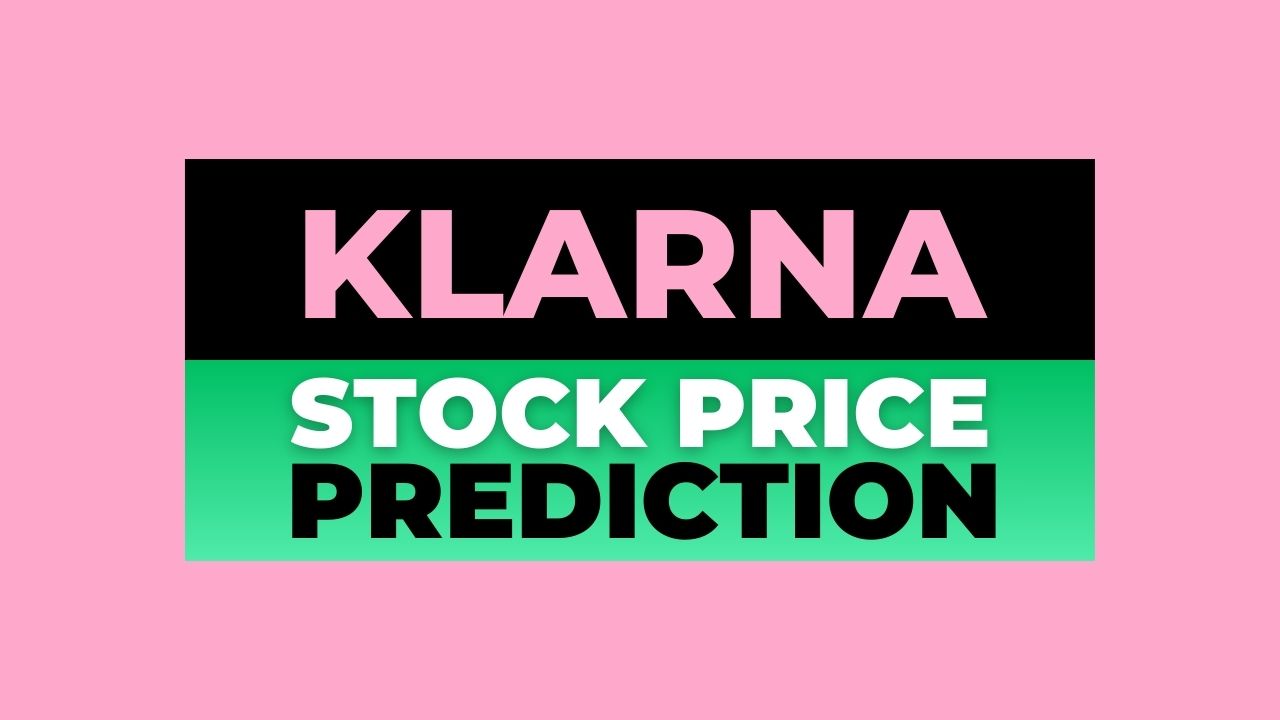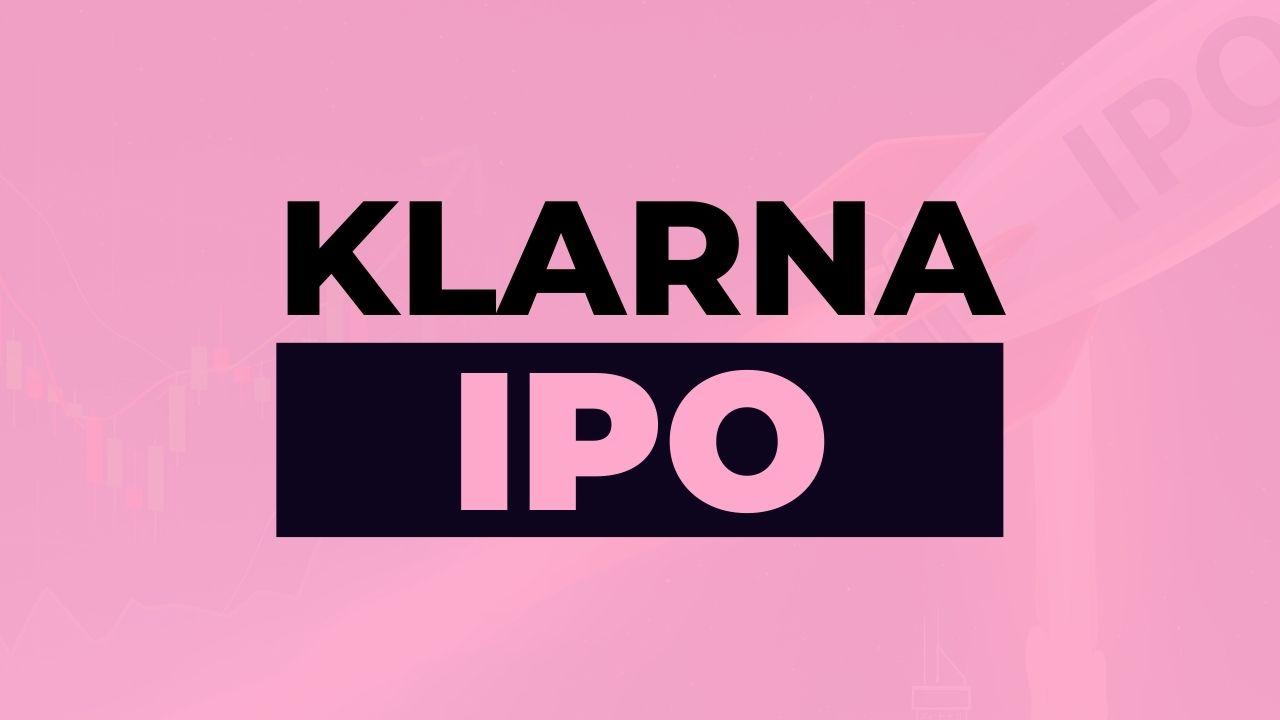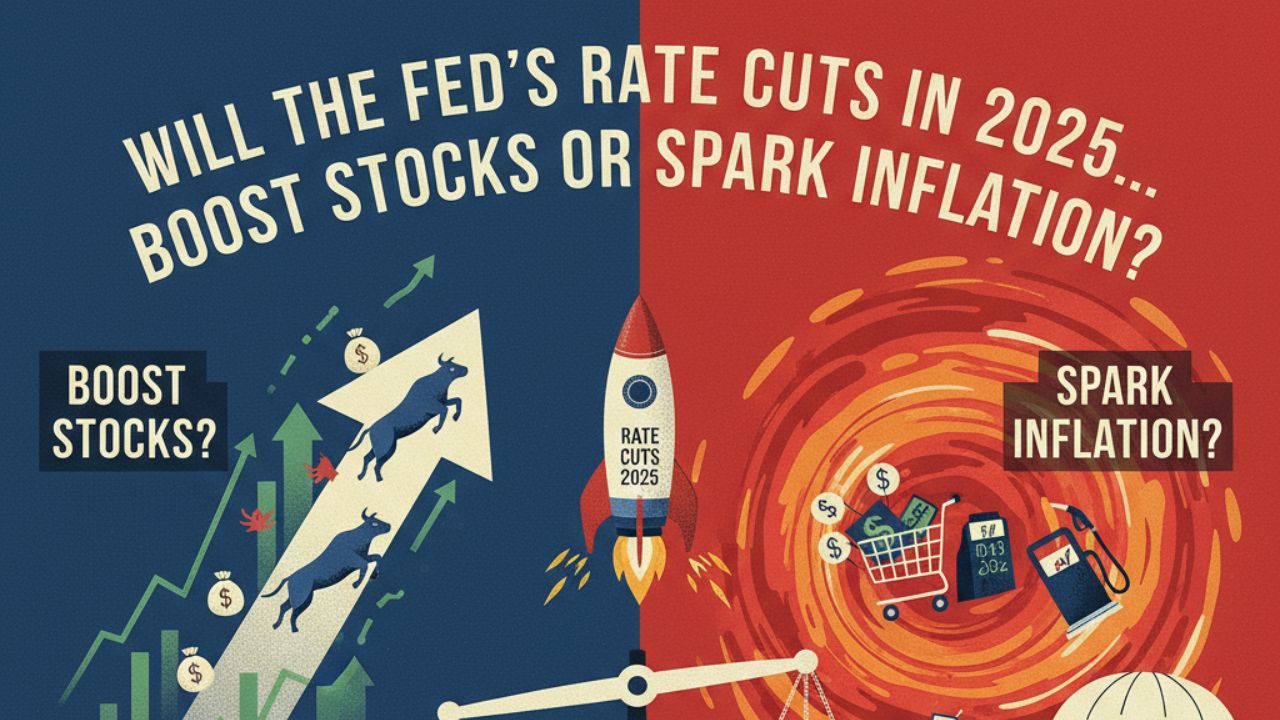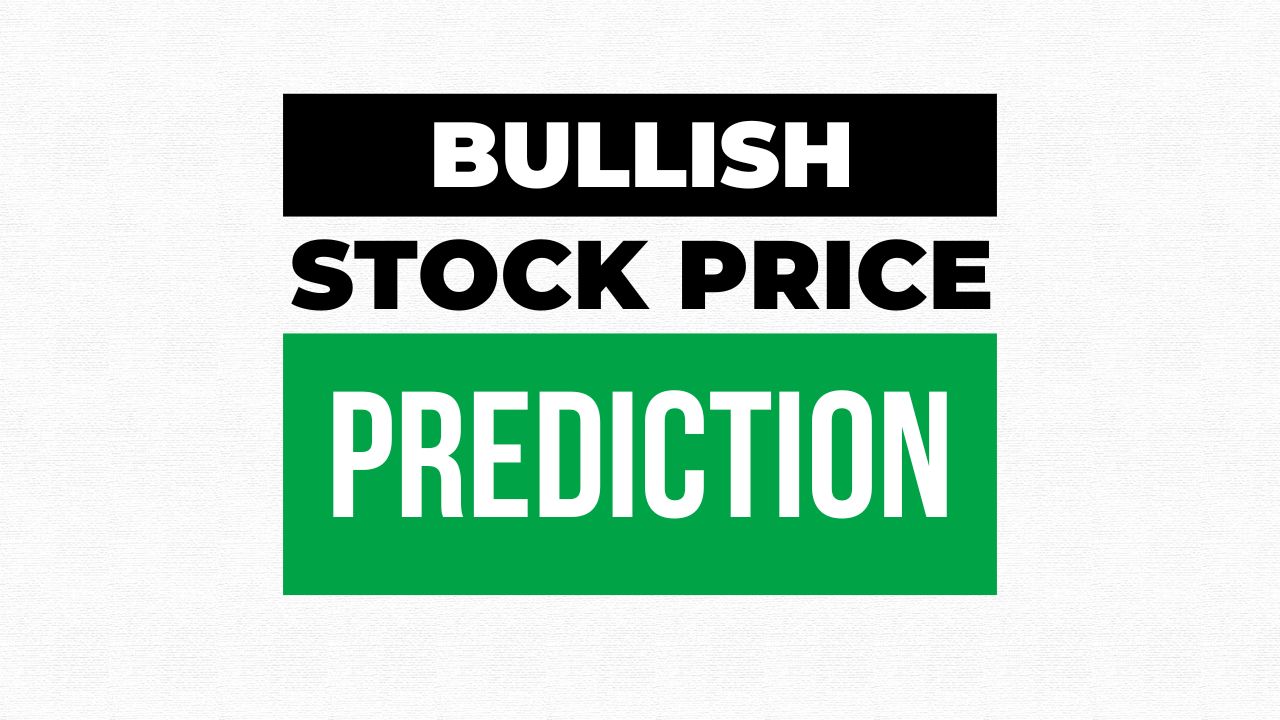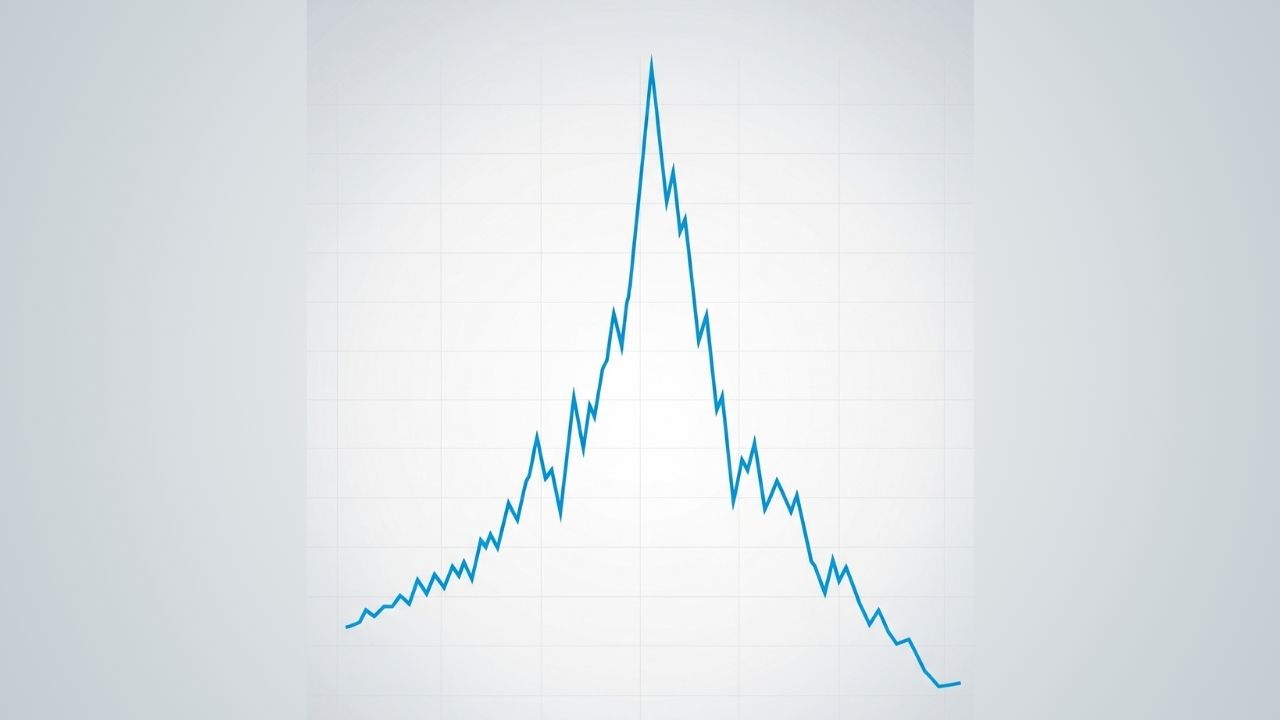Klarna, a Swedish fintech pioneer, has been reshaping digital payments since 2005 with its buy now pay later (BNPL) model. Today it operates in 26 countries, serves over 111 million users, and partners with more than 790,000 merchants. Beyond BNPL, Klarna has expanded into digital banking with services like the Klarna Card.
On September 10, 2025, Klarna listed on the New York Stock Exchange (NYSE) under the stock ticker KLAR. Priced at 40 dollars per share, the IPO raised 1.37 billion dollars, valuing the company at 15.1 billion dollars. Shares closed at 45.82 dollars, giving Klarna a current market value of 17.3 billion dollars.
Klarna officially made its Wall Street debut on the New York Stock Exchange at 1:07 PM ET, later than the usual 10–11 AM ET launch window followed by recent blockbuster listings like Circle, Figma, and Bullish.
Once trading kicked off, Klarna’s stock opened at $52 – roughly 30% above its $40 IPO price – and within hours surged to $57.20, giving early investors a 43% premium over the offering price. The strong debut underscored solid investor appetite, with the shares stabilizing after the initial run-up.
Looking toward 2030, just five years ahead of today, predicting Klarna’s trajectory is purely speculative. Stock movements depend on current market factors, fundamental factors, geopolitical tailwinds and headwinds, and government policies. While we provide a forward-looking view, investors must remember that if exact predictions were possible, giants like Warren Buffett or BlackRock would generate trillions every year.
Also Read – August 2025 PPI Report Explained – What It Means for Inflation, CPI, and Fed Rate Cuts?
Klarna Stock Overview
Klarna trades on the NYSE under the ticker KLAR. Its current market value is 17.3 billion dollars as of September 2025.
Investors who want to participate can buy Klarna stock from the secondary market at the NYSE through their registered brokers.
Klarna’s IPO debut surged 30 percent to 52 dollars before stabilizing, showing strong early demand. Its focus on U.S. growth, AI-driven efficiencies, and financial services diversification fuels optimism for the long run.
Klarna Financials and Valuation
Klarna reported 2.8 billion dollars in revenue for 2024, up 22 percent year on year. Analysts expect Klarna revenue growth projections till 2030 to remain between 18 and 22 percent compounded annually, reaching between 9 and 11 billion dollars.
Klarna also achieved its first annual profit of 21 million dollars in 2024 but reported a 53 million dollar net loss in Q2 2025 due to restructuring.
Klarna’s earnings per share (EPS) for the trailing twelve months (TTM) stands at -0.30.
The Klarna P/E ratio is unusually high at around 5000x because of thin profits, but by 2030 forward P/E is expected to normalize between 12 and 18x as earnings are projected at 1 to 1.2 billion dollars.
Klarna’s price to sales ratio is currently 6.2x. By 2030, it is expected to drop to 1.8 to 2.2x, which aligns with fintech peers.
Based on discounted cash flow and peer multiples, the fair price of Klarna as of now is estimated at 44 to 50 dollars per share.
Klarna Stock Price Prediction 2030
Klarna stock price prediction 2030 depends on its ability to scale BNPL, expand banking services, and cut costs through AI.
If revenue continues at 20 percent annual growth and margins stabilize at 8 to 10 percent, analysts expect Klarna stock price target 2030 to be in the range of 130 to 160 dollars per share. This would imply a valuation of 49 to 60 billion dollars.
The base case forecast suggests Klarna stock could reach around 140 dollars by 2030.
In a bull case scenario, where banking expansion lifts take rates above 3 percent, shares could climb to 170 dollars.
In a bear case with tighter regulation and rising delinquency rates, shares may only reach 110 dollars.
Overall Klarna share projection 2030 suggests an upside of 180 to 250 percent compared to today’s price.
Will Klarna go up or down in 2030?
The outlook leans positive. Klarna benefits from the expected 3.3 trillion dollar global BNPL market and its 26 percent U.S. market share. However, risks such as regulatory costs and higher default rates could weigh on results.
If we talk about the future of Klarna stock, estimates place it between 110 and 170 dollars. However, this is speculative and highly dependent on evolving dynamics.
Also Read – Fed Interest Rates vs Gold Prices – What to Expect Ahead of the September 2025 FOMC Meeting?
Market Sentiment and Reddit Outlook
What is the sentiment of Klarna stock?
Analysts remain cautious. Reddit Klarna stock discussions are more bullish.
Retail investors highlight Klarna’s traction in the U.S., cost savings from AI adoption, and potential to become the next PayPal. At the same time, they remain aware of rising delinquencies and regulatory scrutiny.
Overall sentiment trends positive toward 2030.
Peer Comparison
Klarna’s stock potential becomes clearer when compared to fintech peers. Affirm went public in 2021 at 49 dollars, peaked at 176 dollars, and fell back to 45 dollars by 2025, delivering a negative 5 year return. PayPal, spun off in 2015 at 38 dollars, reached 68 dollars in five years, a gain of 79 percent. Klarna’s projection of 225 to 300 percent returns by 2030 outpaces PayPal’s early performance and significantly outshines Affirm’s losses, though Klarna carries higher risk.
| Company | IPO Price | Year 5 Price | 5-Year Return |
|---|---|---|---|
| Klarna (2025 IPO) | 40 | N/A | N/A |
| Affirm (2021 IPO) | 49 | 45 (2025) | –8% |
| PayPal (2015 spin-off) | 38 | 68 (2020) | +79% |
Can you buy Klarna stock?
es, Klarna stock under the ticker KLAR is available on the NYSE. Investors can purchase shares through the secondary market using registered brokers.
Is the 2030 forecast reliable?
No. The 2030 outlook is speculative, based on present dynamics like BNPL adoption, revenue growth, global interest rates, and government policies. Stock price dynamics can change even in a single month if headwinds appear.
This article is for informational purposes only and should not be considered financial advice. Investing in stocks, cryptocurrencies, or other assets involves risks, including the potential loss of principal. Always conduct your own research or consult a qualified financial advisor before making investment decisions. The author and publisher are not responsible for any financial losses incurred from actions based on this article. While efforts have been made to ensure accuracy, economic data and market conditions can change rapidly. The author and publisher do not guarantee the completeness or accuracy of the information and are not liable for any errors or omissions. Always verify data with primary sources before making decisions.

